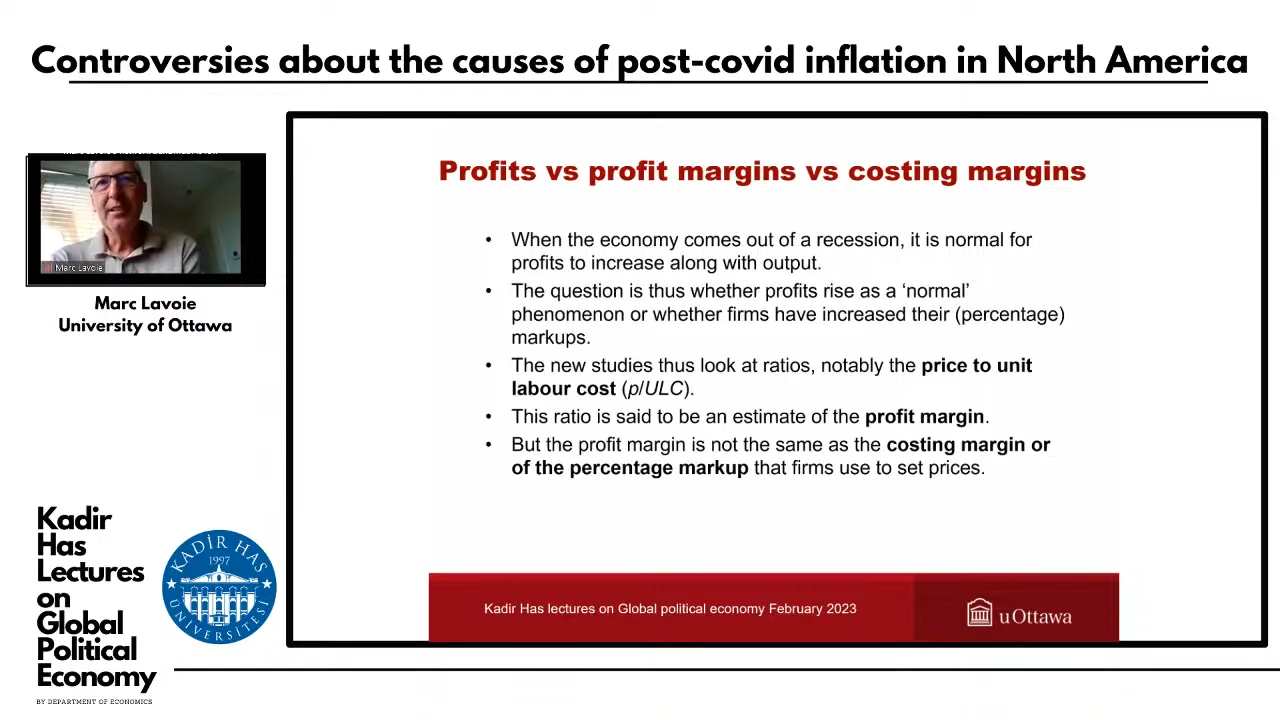Via Eric Tymoigne’s blog post, I came across this quote from Nicholas Kaldor in 1982 (page 13) on stability/solvency of financial institutions, especially relevant in recent times:
Given the fact that most, if not all, types of financial institutions have short-term liabilities, the interest payment on which varies in strict relation to the Bank Rate, whilst their assets consist in a large part of bonds or mortgages, the income from which is (or may be) fixed, there must clearly be limits to the freedom of the central bank to use the interest weapon if the solvency and viability of financial institutions is to be preserved. This is only one aspect of a wider problem of the Bank of England in its policies of debt-management (regarded by the Committee as the ‘fundamental domestic task of the central bank’), which must be so conducted as to provide various types of debt in the amounts and proportions in which the public desires to hold them subject to the Bank’s powers to influence the public’s preferences by altering the relative yield on various types of debt.
‼
That’s from his book The Scourge Of Monetarism.
It’s a fantastic book and clearly shows how Kaldor is a monetary economist of rank 1.
A favourite quote from the book is (next page) and which I quote often in this blog:
… As it is, a highly developed banking system already provides such facilities on an ample scale, since it is prepared to accommodate the public’s changing demand between different types or financial assets by altering the composition of the banks’ assets or liabilities in a reverse direction. If the non-banking public wishes to switch its holding of gilts for interest-bearing bank deposits, the banks are ready to supply such deposits at the minimum of inconvenience, and at the same time to place their surplus funds into the gilts which were previously held by the public. Similarly the banks provide easy facilities to their customers for switching balances on current accounts into interest-bearing deposit accounts, or vice versa. Hence, while the annual increment in the total holding of financial assets of the private sector (considered as a whole) is nothing more than the mirror-image of the borrowing requirement of the public sector (in a closed economy at any rate), neither the Government nor the banks can determine how much of this increment will be held in the form of cash (meaning notes and current deposits) and how much in the near-equivalents to cash (such as interest-bearing demand deposits) or in various forms of public sector debt. Thus neither the Government nor the central bank can control how much or the total financial assets the public prefers to hold in the form of ‘money’ on one particular definition or another.
